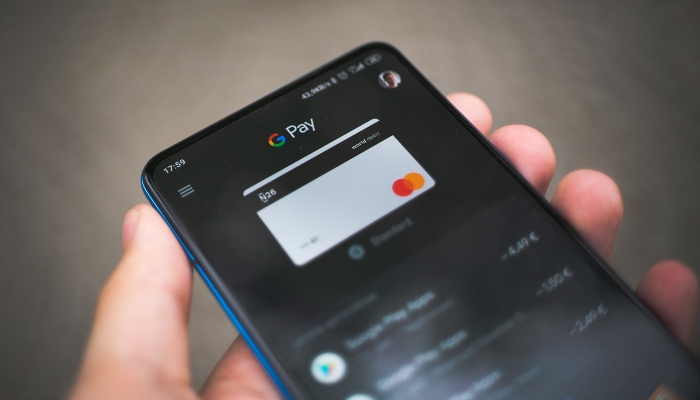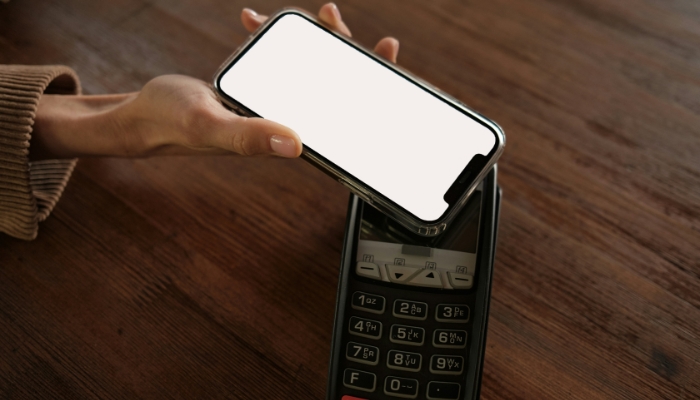
You’re ready to start using PayPal, but there’s one last step: verifying your identity. It’s not as daunting as it sounds! This guide will walk you through the process.
To verify your identity on PayPal, log into your account, provide your personal details, and upload required documents like a government-issued ID. This process enhances your account’s security and functionality.
You’ll learn what documents you need, where to go on the site, and how to troubleshoot any issues. So let’s get you set up and ready to make safe, secure transactions with PayPal.
Table of contents
Understanding PayPal Identity Verification
Every single user must understand that verifying your identity on PayPal is a crucial step to ensure the security of your transactions. When you’re dealing with finances, you can’t afford to take any risks, whether it’s on PayPal or learning how to verify identity on Coinbase. PayPal’s verification process acts as a safeguard, adding an extra layer of protection against any potential fraudulent activities.
The process involves providing two crucial pieces of information: proof of identity and proof of address. Your proof of identity could be any government-issued ID, like your passport or driver’s license. It’s vital that the details on your ID match those on your PayPal account. For proof of address, you’ll need a document that clearly shows your name and current address, such as a utility bill or bank statement.
Verification doesn’t just ensure security, it also enhances your PayPal experience. For instance, it can increase your PayPal credit limit, giving you more financial flexibility. Remember, the more verified you are, the more trust PayPal has in you.
Now that you understand the importance of identity verification, let’s delve into the steps needed to initiate this crucial process.
Steps to Initiate Verification

To start the verification process on PayPal, similar to how you would verify identity on Venmo, you’ll first need to log into your account. This is the initial step in confirming your identity verification and it safeguards your account-related activities.
Next, follow these steps precisely:
- Navigate to the ‘Summary’ page and click the ‘See how much you can send with PayPal’ link found under ‘More about your account.’
- Click on the ‘Go to Account Limitations’ button when directed to the ‘Account Limitations’ page.
- Under the ‘Steps to Remove Limitation’, click ‘Start’ on the ‘Provide ID’ line. This will lead you to the PayPal Resolution Center.
- Here, you’ll find the online instruction for your identity verification process. Typically, the documentary requirements include a proof of your address, and a photo ID. Upload the necessary documents and click ‘Submit’.
Be sure to follow these steps carefully and provide the correct documentary requirements. Doing so will ensure the verification process runs smoothly.
Once you’ve submitted the necessary documents, PayPal will review your submission and, if everything checks out, your identity will be verified.
Gathering Necessary Documentation
Now that you’ve initiated the verification process, you’ll need to collect the necessary documents. As a tech-savvy individual, you know how crucial this step is for a successful verification.
Your identity document tops the list of what you need to gather. This could be a government-issued identity document such as a passport or driver’s license. It should be current and clearly show your name, photo, and date of birth.
Next, you’ll need to prepare your bank statement. This serves as a form of verification for your financial information linked to your PayPal account. Make sure the document is up-to-date and clearly shows your name, bank account number, and transaction history.
Your photo identification is equally important. This could be the same government-issued identity document you’ve used as your identity document. It must have a clear, recent photograph of yourself.
Lastly, you’ll provide a proof of address document. This could be a recent utility bill, lease agreement, or a bank statement showing your full name and residential address. This document should be no more than three months old to ensure its validity.
These documents are essential to verify your identity on PayPal.
Navigating PayPal Verification Process

With your documents in hand, it’s time to dive into the PayPal verification process. This process is critical for anyone aiming to achieve a PayPal verified business status. It’s a straightforward procedure if you follow the steps meticulously.
- Log into your PayPal account: This is your first step in the identity confirmation process. Use your secure login credentials to access your account via online banking.
- Navigate to the ‘Wallet’ section: Here, you’ll find an option to ‘Verify’ your account. Click on it to commence your verification process.
- Choose your verification method: PayPal provides multiple verification methods, including linking and confirming a bank account, credit card, or debit card.
- Submit the required documents for verification: These could include a photo ID, proof of address, or business documents, depending on your account type.
Remember, if you encounter any hitches during this process, don’t hesitate to contact customer support. They’re there to ensure you successfully navigate through this verification process.
Having covered the main steps, our next section will delve into troubleshooting verification issues, should you encounter any difficulties along the way.
Troubleshooting Verification Issues

If you’re facing any roadblocks during the verification process, don’t fret, as there are effective ways to troubleshoot these issues.
Often, these troubles can be traced back to problems with identity through email verification.
First, check if your email address is correctly linked to your non-verified PayPal account. Errors can occur if the email address has been entered incorrectly or if it’s not the primary email associated with your account. To confirm, log into your account and go to ‘Settings’. Here, you can review and edit your email address.
Next, ensure you’re receiving essential account notifications from PayPal. Sometimes, verification emails might get filtered into the spam or junk folders. So, it’s worth checking these folders in your email account. If you still can’t find the email, you can request a new verification email from your PayPal account settings.
If these steps don’t resolve your problems, contact PayPal’s customer support. They’re well-equipped to assist with troubleshooting verification issues. You can reach out to them via phone, email, or through their 24/7 online chat service.
Consequences of Not Verifying Identity
Failing to verify your identity on PayPal can lead to significant limitations. For unverified accounts, certain features become restricted. For instance, you might not be able to transfer large nominal amounts of money. This is because PayPal adheres to strict regulatory reasons and security measures to prevent identity theft and ensure only the rightful account owner has access.
Without verification, your account might face a monthly withdrawal limit or a cap on spending limits. This can be inconvenient if you rely on PayPal for online payments or managing business transactions. Moreover, unverified users may not be able to add or withdraw funds from their linked bank accounts.
The process to verify your identity is a straightforward process. It typically involves submitting official documents like a government-issued photo ID or a credit card statement. These steps are crucial for maintaining digital security and safeguarding your bank details.
In essence, not verifying your identity on PayPal can hinder your ability to use the platform effectively. It’s a necessary step to ensure safe and secure online transactions and to maintain the customer trust that PayPal is known for.
Conclusion
So, you’ve now mastered the art of verifying your identity on PayPal. Remember, it’s about gathering the right documents, following the steps precisely, and patiently navigating the process.
Don’t fret if you encounter hiccups; troubleshooting is part of the journey. Keep this guide handy, and you’ll be a PayPal verification pro in no time. This essential skill will ensure your transactions are always secure and hassle-free. Welcome to the world of safe online trading!
FAQs
What documents are needed for PayPal identity verification?
To verify your identity on PayPal, you need to provide acceptable identity documents. This typically includes a government-issued photo ID, such as a passport or a national identity card. Sometimes, additional documents like a recent bank account statement or a credit card statement might be required. These documents help PayPal ensure you are the rightful account owner and maintain security measures.
How long does the PayPal verification process take?
The verification process on PayPal is usually a straightforward process. Once you submit your documents, it generally takes a few business days for PayPal to review them. However, this duration can vary based on the volume of requests they are handling. PayPal will send a 1st notification via email or through the app once your account is verified.
Can I use PayPal without verifying my identity?
Yes, you can use PayPal without completing the identity verification, but with limitations. Unverified accounts may face restrictions like lower spending limits and limited access to certain features. Verifying your identity lifts these restrictions and allows you to use PayPal more freely, especially for online payments and bank transfers. It’s an essential step for digital security and to comply with regulatory requirements.